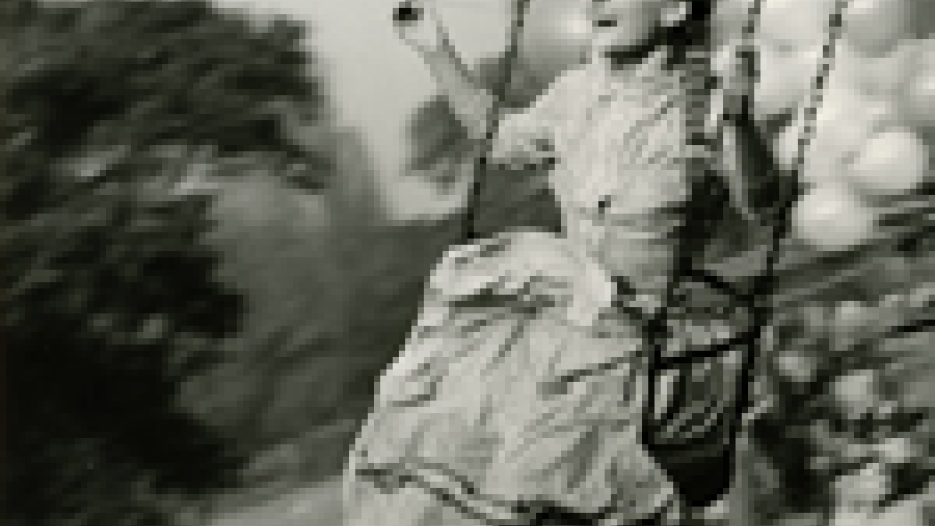
For most people, the history of film – and Hungarian film is no exception – is synonymous with the history of feature films. Using photos and relics, this exhibit aims to prove that beside features, newsreels, documentaries and animations also played a part in what we consider the history of Hungarian cinema. Featuring historical and political figures and events, newsreels and documentaries are the visual memory of the 20th century. In the countries of Central Europe history and politics had a decisive say in what came to be the subject a feature film, or its mode of representation. The exhibits, which trace the local history of film from the beginnings to its present, are arranged in a chronological order, and thus the changes that occurred in all types of motion picture also come through as a visual experience.
Regular film screenings began in Budapest as early as 1896, and we have records of 600 silent films made in the country, including documentaries, from the 1910s on. Though most of the features have been lost, collaboration with fellow institutions abroad has helped us to expand our collection, from the originally held 12 silent films to 45 complete works and 30 fragments. In 2007, the Belgrade archive unearthed Béla Balogh’s 1924 silent feature, A Pál utcai fiúk (The Boys from Pál Street). Like the novel it is based on, the film will still not fail to move the viewer: the hero, Ernő Nemecsek is loyalty and courage personified. Most silent film scripts were based on works of literature, and this literary inspiration went on to characterize Hungarian cinema in the various epochs of sound film as well. This piece was photographed by one of the greatest Hungarian cameramen of the time, István Eiben.
The first great epoch in the history of Hungarian film came to an end after 1919. The most brilliant, and then still only promising, talents, like Mihály Kertész or Sándor Korda were forced to emigrate, and it was abroad they made those films that are still widely known the world over. While in the first half of the 1920s only a few films were made each year, the industry had revived by the 1930s. Until the early 1940s, sound films sought to satisfy mainly the need for entertainment. Each melodrama or comedy relied on a single actor, and thus the character of the film was provided not by the director, but by femme fatale Katalin Karády (e.g. Halálos tavasz [Deadly Spring], 1939) or charismatic and manly Pál Jávor. Gyula Kabos was another emblematic figure of the age, whose appearance and acting made him the archetype of the powerless man on the street, his struggle for survival (Hyppolit, a lakáj [Hyppolit, the Butler], 1931).
Shortly after World War Two, feature production began again. These new films, diverse in genre, approach and mode of representation, all concentrated on the relationship of history and the individual. Géza Radványi’s Valahol Európában (Somewhere in Europe, 1947) represents the sufferings and defencelessness caused by the war through the fate of orphaned children. The performance of Artúr Somlay, who as an artist gives refuge to the children’s gang, revives what under the circumstances seemed an extinguished quality, humanity. Zoltán Fábri’s Körhinta (Merry-Go-Round, 1955) features unforgettable acting by Mari Töröcsik and Imre Soós in a dramatic clash between the father, a representative of traditional social values, and the young generation. Former French President Mitterand reputedly equated the notion of film with the image of the two main characters flying in the seats of the merry-go-round.
The sixties and the seventies are generally considered a golden age of Hungarian film. Films from this period were praised and liked not only by critics, but by Hungarian and foreign cinema-goers alike. Miklós Jancsó’s treatise on the relationship of power and the individual vis-à-vis history, Szegénylegények (The Round-Up, 1965), brought world recognition to both the director and Hungarian cinema. Its formal idiom, a peculiar mode of narration that employed few cuts and long shots, played no small part in this success.
The relation of history and the individual came to be treated on in the form of comedy as well. Márton Keleti’s most popular piece, to this day, is A tizedes meg a többiek (The Corporal and the Others, 1967). A sentence from the film – “The Russians are already in the pantry” – has become a common adage in the language. The picture employs humour to describe the struggle for survival of men unwittingly involved in war.
Zoltán Huszárik’s Szindbád (1971) is an outstanding example of the seventies trend called new sensibility. Gyula Krúdy’s free, association-based prose finds its visual equivalent in a peculiar flashback technique. While celebrating the beauty of small things in life, both the short stories and the film are about the melancholy of the hero. Based on Iván Mándy’s novel, Pál Sándor’s Régi idők focija (Football of the Good Old Days, 1973) uses the tools of 1920s silent cinema to talk about the sentiment of “one needs a team.” István Szabó’s Mephisto (1981) won the Academy Award for Best Foreign Film in 1982. The script was based on Klaus Mann’s novel, and the story deals with the inner struggle of the hero, the moral and existential consequences of his decision.
And in the new millennium…
From the 1990s on, a new generation of directors broke with the old formula, and rather than making films on important social issues, they analyzed the meaning and purpose of workaday existence. These filmmakers invite their audience to explore concerns of the contemporary world (Kornél Mundruczó: Nincsen nekem vágyam semmi [This I Wish and Nothing More], 2000; Ferenc Török: Moszkva tér [Moscow Square], 2000; Nimród Antal: Kontroll [Control], 2003; Krisztina Goda: Csak szex és más semmi [Just Sex and Nothing Else], 2005).
Vera Gyürey